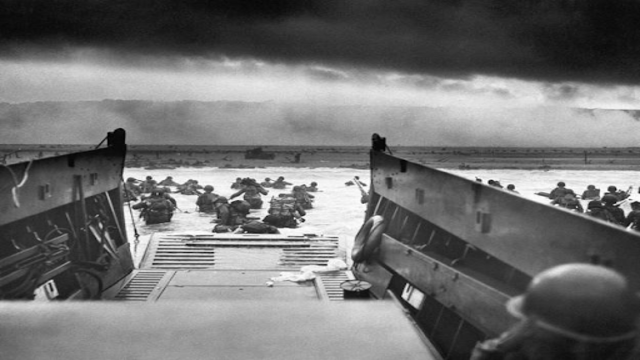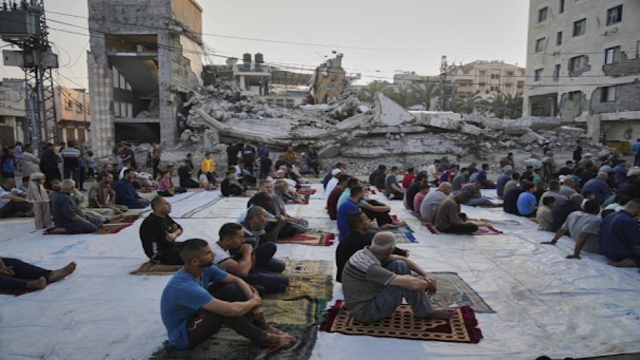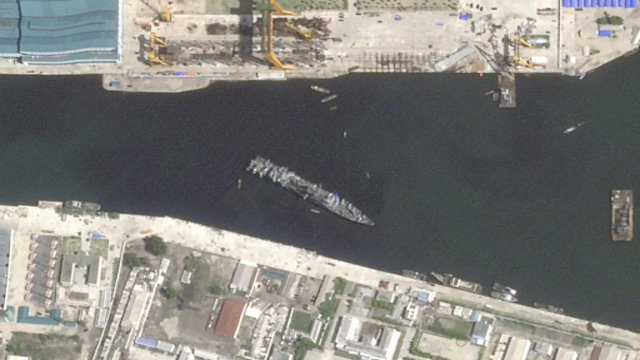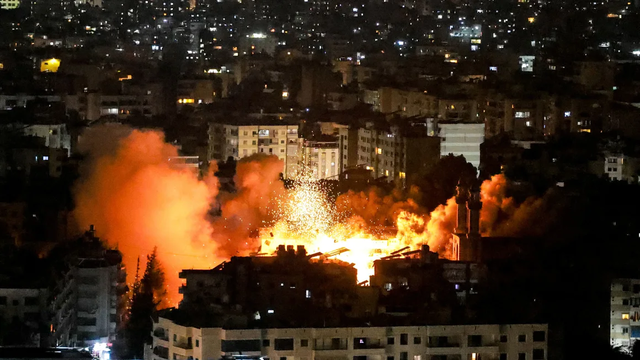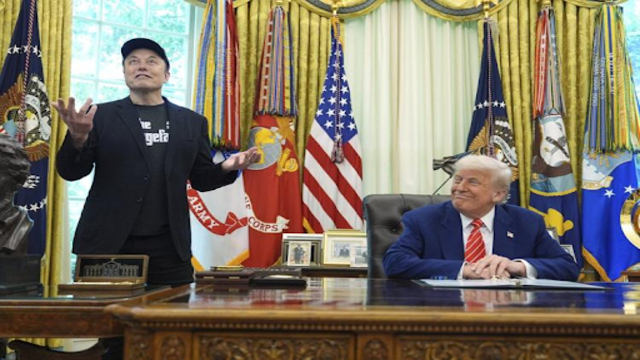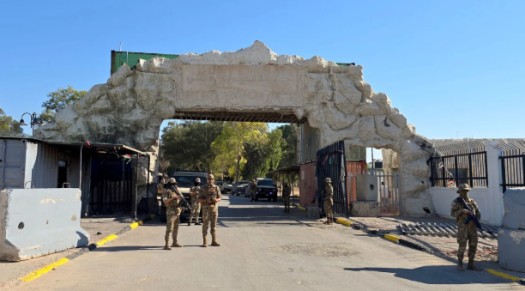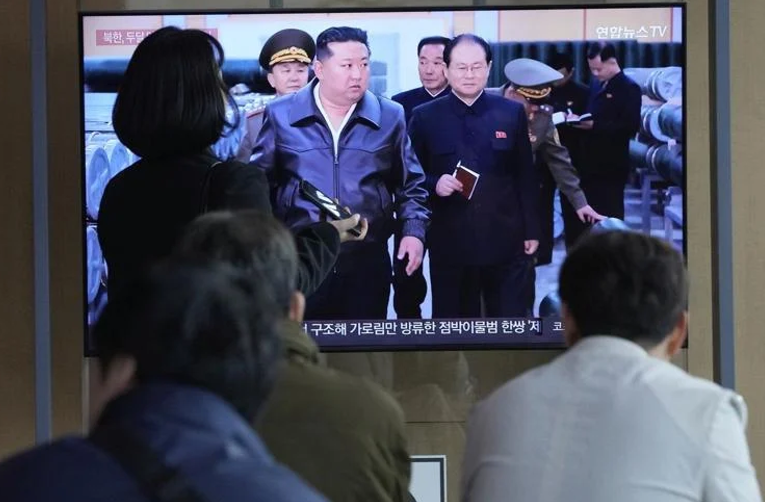
A TV screen shows a file image of North Korean leader Kim Jong-un during a news program at Seoul Railway Station in Seoul, South Korea, Thursday, May 8, 2025. (AP Photo)
In a move that raised fresh regional tensions, North Korea fired several short-range ballistic missiles into the eastern sea on Thursday morning. South Korea’s military confirmed the launches occurred between 8:10 a.m. and 9:20 a.m. from Wonsan, a port city on the country’s east coast.
The longest-flying missile reportedly traveled around 800 kilometers (497 miles), though the exact number of projectiles fired remains unclear. The South Korean Joint Chiefs of Staff stated that further analysis is underway.
Weapons Testing or Export Demonstration?
Military officials suspect the missile launches may have been part of weapons testing intended to support exports to Russia. This aligns with increasing evidence that North Korea is supplying arms and even troops to Moscow amid its war in Ukraine.
According to Lee Sung Joon, a spokesperson for the South Korean Joint Chiefs, the fired systems could be linked to missile models resembling Russia’s Iskander. Large-caliber rocket artillery systems, which combine the capabilities of traditional artillery and guided missiles, may have also been tested.
US and Allies on Alert
Both South Korean and U.S. intelligence forces detected signs of an impending launch in advance. They monitored the launches in real time and are sharing details with Japan to maintain regional security coordination.
In response, the South Korean Joint Chiefs issued a strong statement calling the act a “clear provocation” and a direct threat to regional peace and stability.
Japan Condemns the Launch
Japanese Defense Minister Gen Nakatani confirmed that none of the missiles landed in Japan’s exclusive economic zone. He added that no damage was reported to any aircraft or ships in the region.
Japan responded by filing a formal protest through North Korea’s embassy in Beijing, strongly condemning the act and urging restraint.
Missile Tests Continue in 2025
Thursday’s launch marks North Korea’s sixth missile event this year and the first since March 10. That previous launch followed joint U.S.–South Korean military drills, which Pyongyang has often cited as provocations.
These recent actions come amid a surge in North Korea’s weapons development efforts. Leader Kim Jong Un has made repeated public appearances encouraging increased munitions production and deepening military ties with Russia.
North Korea Confirms War Involvement
In a rare admission last month, North Korea confirmed that it had sent combat troops to support Russian forces in the Kursk region. That area had seen renewed fighting after a surprise Ukrainian counteroffensive in 2024.
Russian President Vladimir Putin publicly acknowledged and thanked North Korea for its military aid, promising never to forget the sacrifices made by its troops.
Casualty Reports and Military Aid
South Korean intelligence now estimates that about 15,000 North Korean soldiers have been deployed to Russia. Of these, nearly 5,000 are reported to be either killed or wounded in combat.
Alongside troops, North Korea has allegedly provided artillery systems, ammunition, and ballistic missiles to aid Moscow's war efforts. The U.S. and South Korea continue to monitor and condemn this military partnership.
Strengthening Ties with Moscow
Experts believe North Korea is using its support for Russia to secure long-term military and economic benefits. Access to advanced Russian military technology could further boost North Korea’s nuclear arsenal and missile capabilities.
Analysts also suggest that Pyongyang’s overt participation in the Ukraine conflict might be a strategic move. It may be hoping for future concessions or bargaining power in any potential post-war negotiations.
As tensions grow, the international community remains on edge, closely watching the unpredictable alliance between Pyongyang and Moscow.


